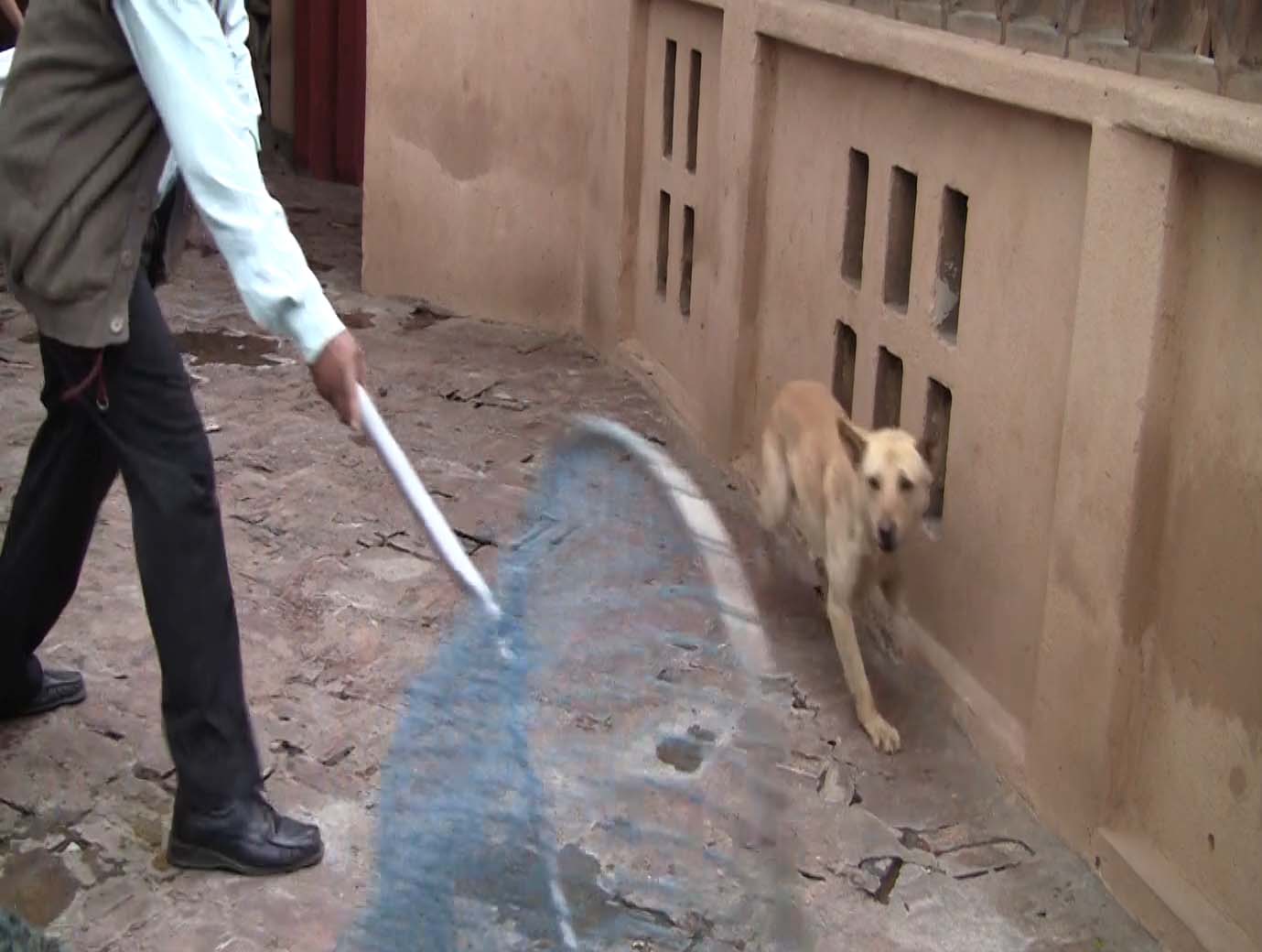India has witnessed a surge in the cases of rabies in the last decade. According to a report by the World Health Organization, approximately 35 million stray dogs live in India while 18 to 20 thousand rabies cases occur every year that accounts for 36 per cent of the world’s deaths from rabies. (https://mediaindia.eu/society/stray-dogs-a-major-problem-in-india/). The World Health Organization (WHO) target of ending human rabies deaths globally by 2030 will not be achieved unless India succeeds as it accounts for a large percentage rabies cases in the world.
.jpg)
The number of stray dogs in India is unfortunately on the rise due to lack of proper sterilization drives in the country. Activities such as animal control policies (including spaying and neutering), lack of animal welfare project implementations by civic bodies only add to the stray dog bites and attacks. In such a situation, it boils down to individuals stepping up and carrying out the drive. This prevents new born puppies from undergoing miserable lives on the street on the one hand and saves people from the threat of dog bites and rabies death.
Here is a simple step-by-step guide that you can use to ensure canine sterilization and vaccination in your neighbourhood:
- Take a walk in your colony, preferably early in the morning to carry out a ‘canine’ survey, wherein you can count the number of stray dogs and puppies in the area where you would like to carry out the sterilization drive.
- Take pictures, labelling the locations and the identification marks/names of the dogs so that they could be placed back to their own territory after they have undergone sterilization.
- Get in touch with the feeders, since they are already familiar with the dog’s daily routines and have a bond of trust with the dogs, they can assist you in catching them in a humane way and putting them in the van to proceed to the NGO where they would be sterilized.
- Before that, agree with a nearly by NGO to transport the dog, carry out the surgery and relocate the dog after the sterilization process is complete and he has recovered fully.
- The van should stop far away from the location, so that it does not scare away the dogs.
- Avoid the crowding of too many people, for a smoother process. Only the dog catcher with his dog catching net should be there.

- The dog catcher should use a net instead of a stick and noose so that the dog doesn’t get hurt.
- After the surgery, use the pictures of the dog’s location, so that he can be returned to the same location as dogs are territorial and if relocated in a new place, they could face a huge backlash from the dogs in that colony.
- Keep a tab of the NGO where the dog is being taken for the surgery. Get his token number so that you can check on him regularly either by phone or by paying a visit to the NGO.
- Make sure that they release the dog only after the surgery is well healed. This is particularly so in the case of female dogs.
- The NGOs will normally charge a certain amount for transporting the dog(s) to the Veterinary care facility and back, for surgery and for housing the dog for 3 to 5 days for recovery. Please remember that most NGOs are noticeably short of funds and it becomes necessary for them to collect this small amount to take care of the above expenses.
- It’s a good idea to do a small fundraiser campaign among the colony residents to be able to collect money for payment to the animal welfare NGO.
The above twelve steps should enable you to carry out a sterilization drive in your colony successfully. In case you need further help to execute the campaign, please send an email to [email protected].